In boating circles, the word friendship brings to mind the classic Maine-built sloop from which pre-internal-combustion lobstermen tended their traps. For Richard Armstrong, however, the word conjures up a different image—a small catboat designed for the burgeoning summer community of Friendship, Maine, in the beginning of the 20th century.In 1925 Friendship summer resident, artist, and sailor Bill Kirkpatrick (“Billy Kirk” to his friends) set about designing a small boat that would satisfy the needs of his community. He wanted a simple, inexpensive craft that could serve as a sail trainer and family daysailer, but also provide spirited performance around the buoys. The Friendship Catboat was the result.Early last fall, Richard Armstrong asked Buzzards Bay Yacht Services, the shop I work for, to build a pair of Friendship Cats. The plans arrived in my inbox shortly thereafter in the form of a single JPEG file that printed out to a scale of ½″ to the foot, along with a handwritten table of offsets. A quick trip to Staples resulted in a more workable copy, representing 1″ to the foot.
Join The Conversation
We welcome your comments about this article. To include a photo with your remarks, click Choose File below the Comment box.
Comments (3)
Comments are closed.

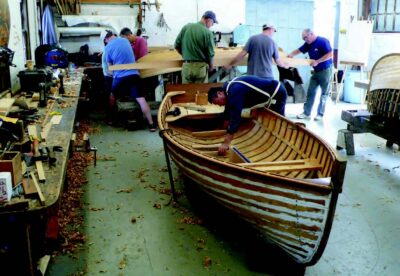
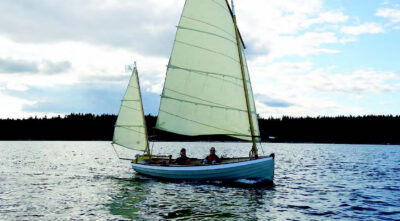
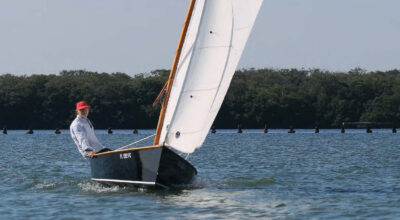
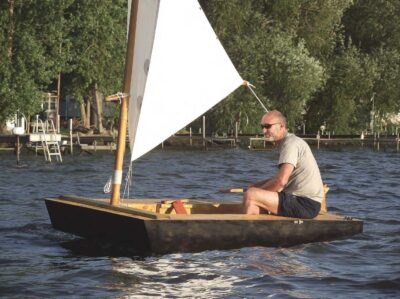
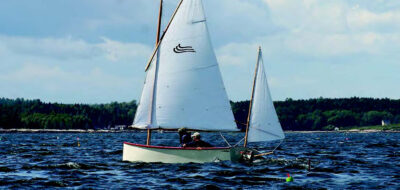
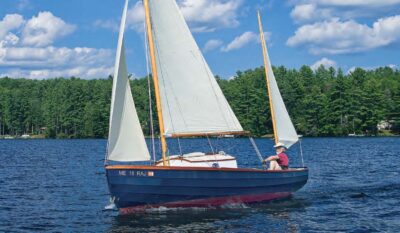
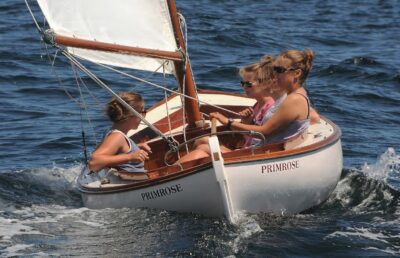
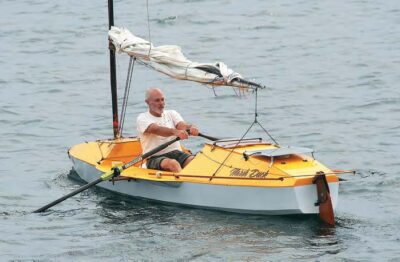
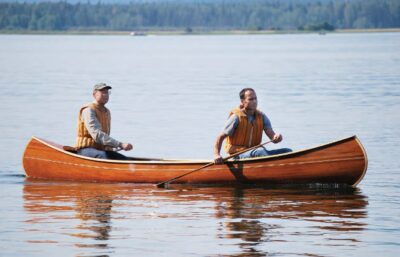
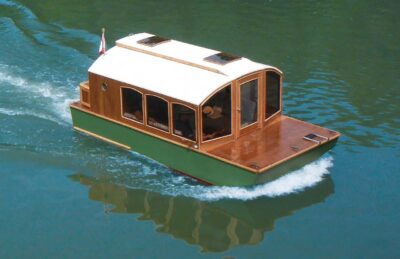
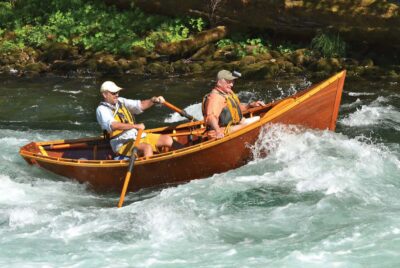

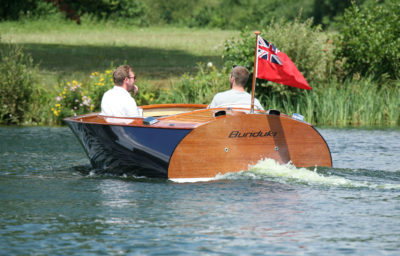
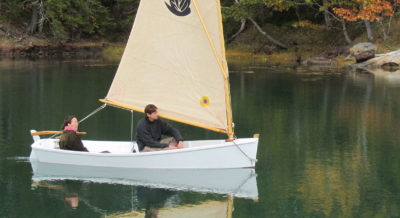
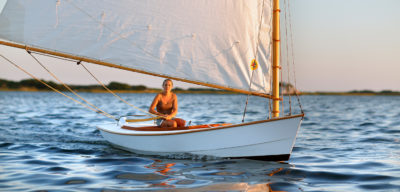


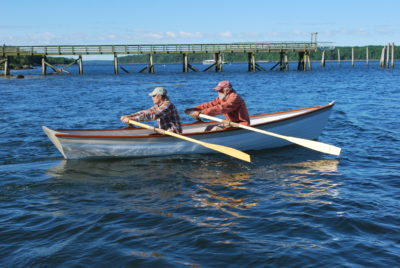
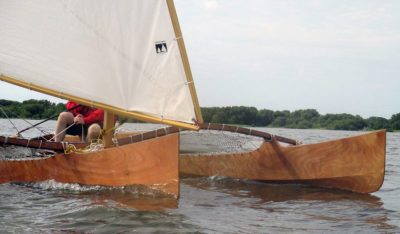
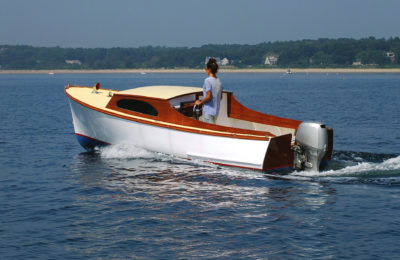
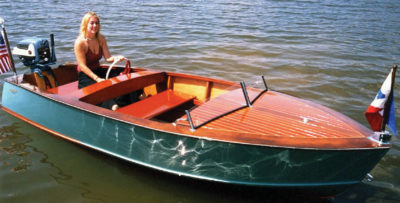


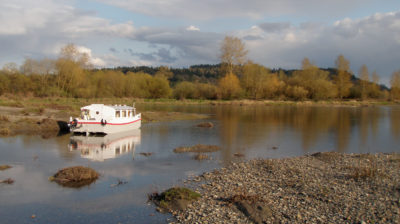
Reminds me of the Cotuit Skiff, an old design of a cat rigged sharpie probably still being raced in Cotuit on Cape Cod. They were known to be fast, overcanvasssed boats that were a handful when the conditions got breezy. Looks like the leading edge of the rudder might be a weed catcher.
Looks like a great trailer-able boat. I live near Marion, MA “Buzzards Bay” for the non-locals and the second set of reef points would definitely be one of the changes I’d make. I am looking for another boat to build and add to my fleet as I get closer to early retirement. I am now considering the Friendship catboat, Peapod and Marisol skiff. -J. Taylor
This was a terrific article and I appreciated the detailed information on the building process. It brought a smile to my face to read that the first boats cost $100 a piece! Thank you for another enjoyable issue.